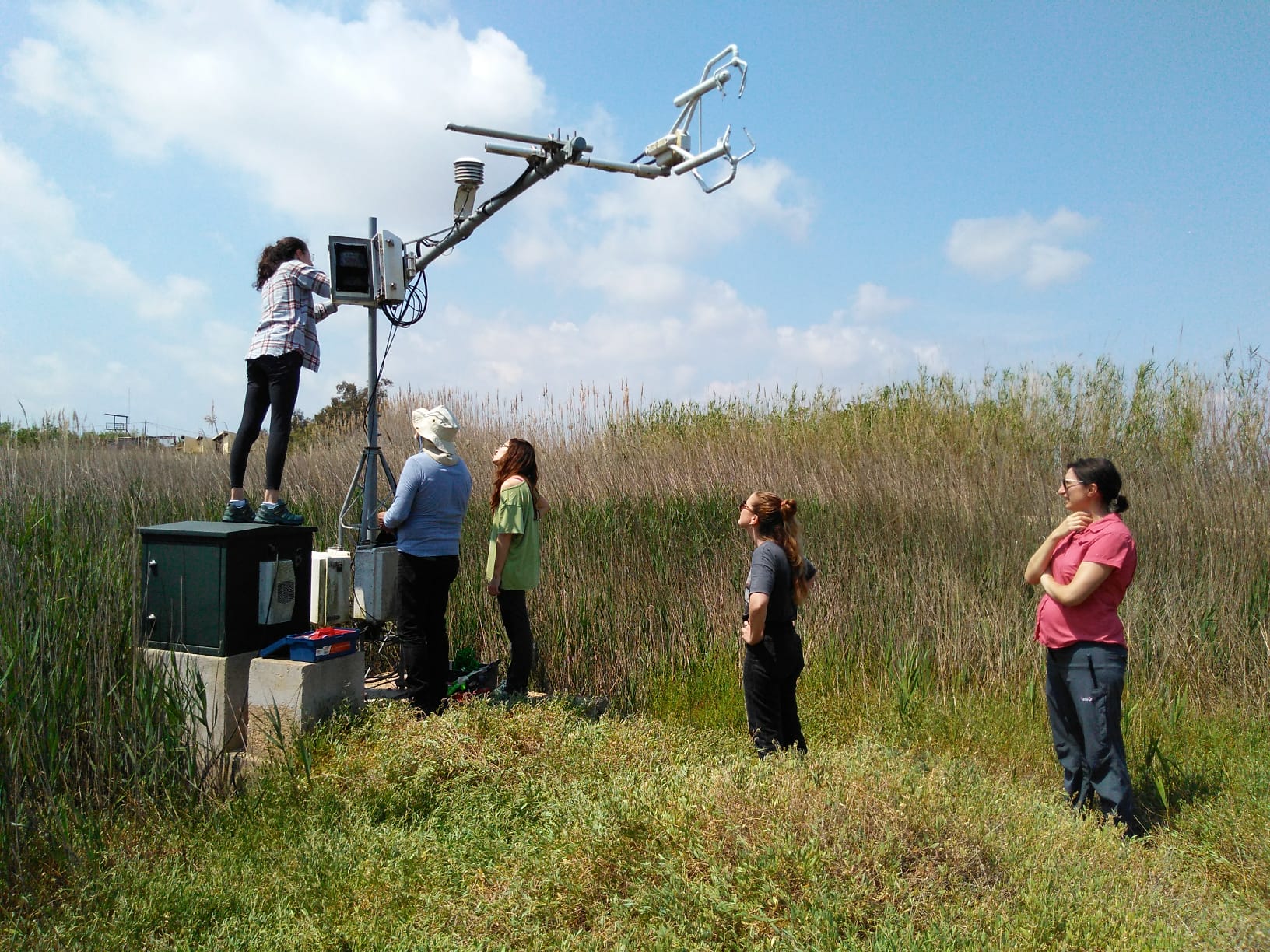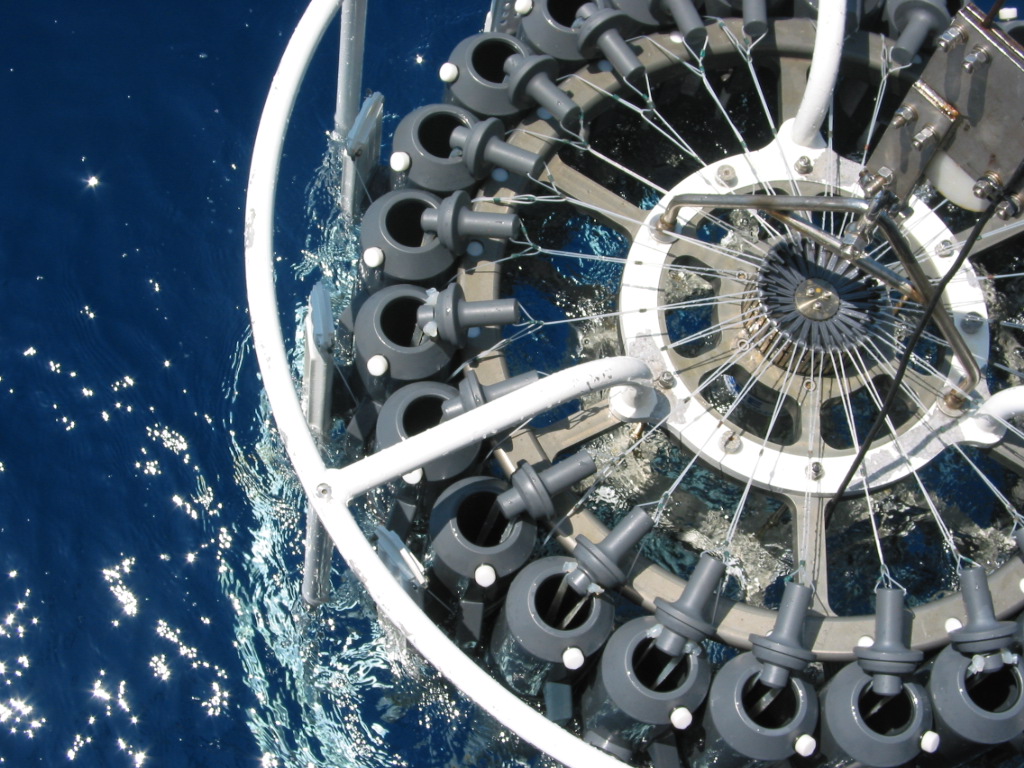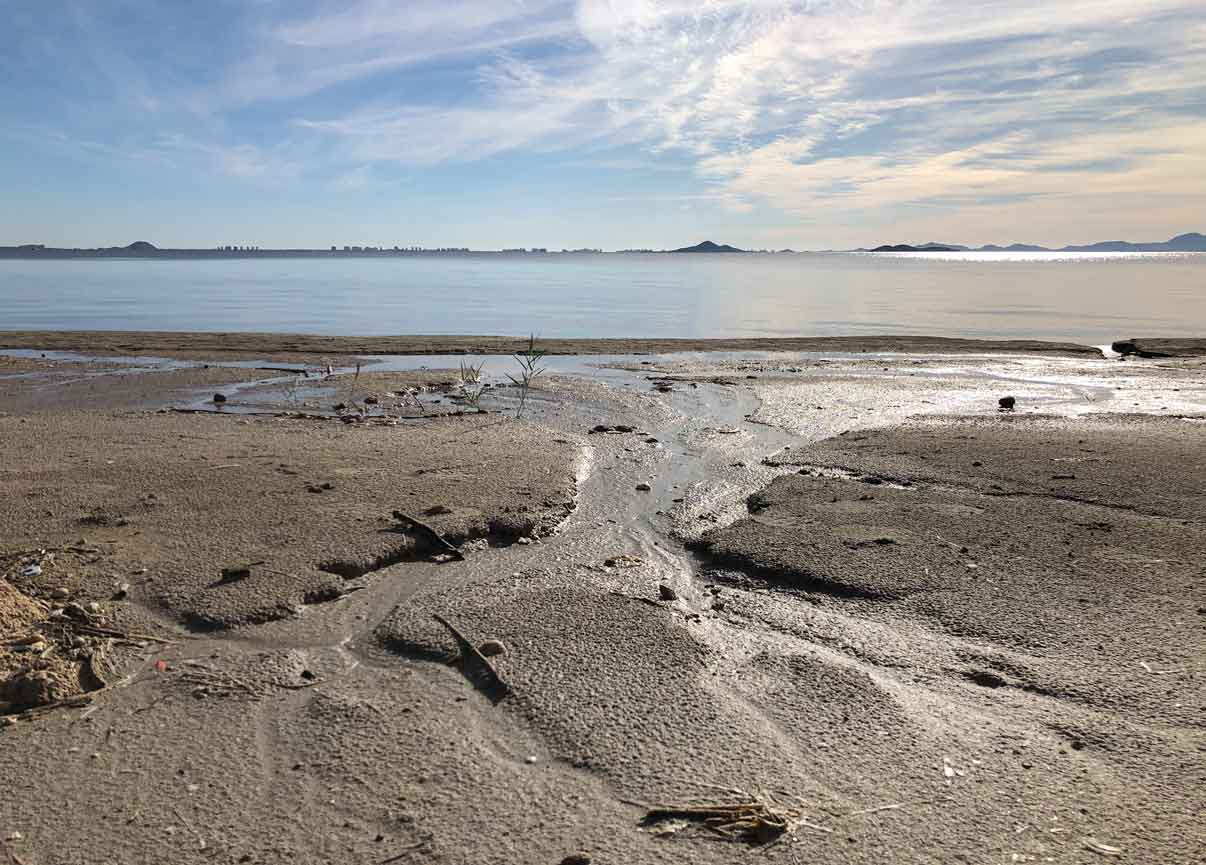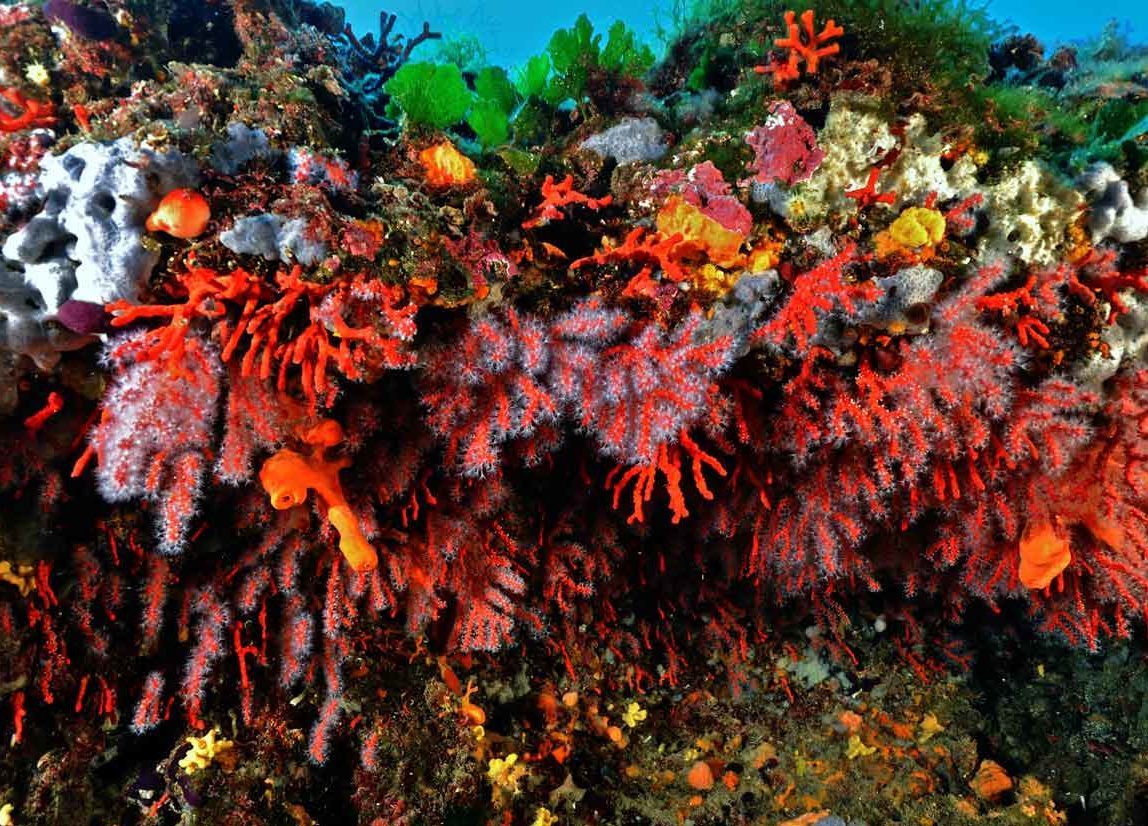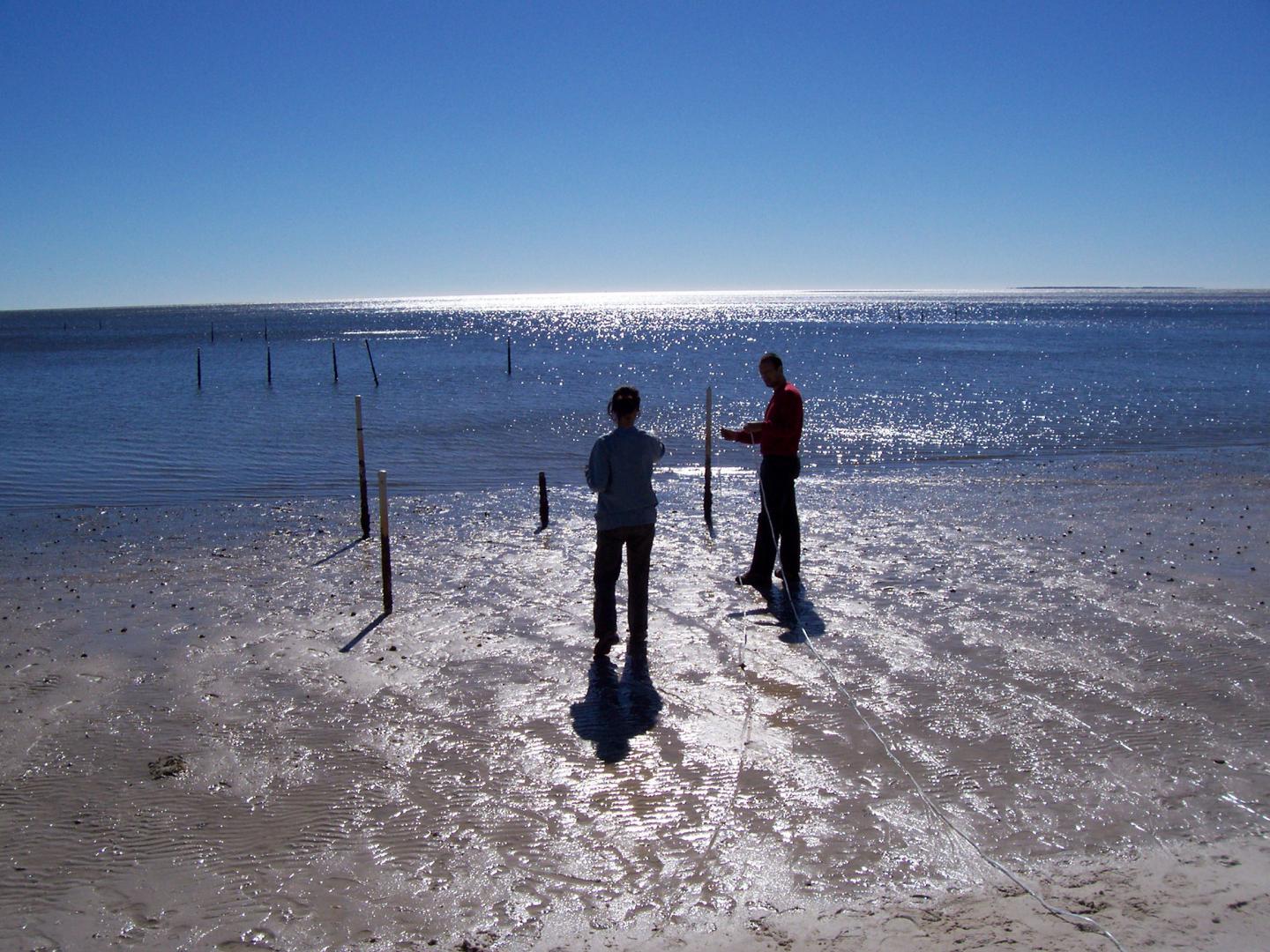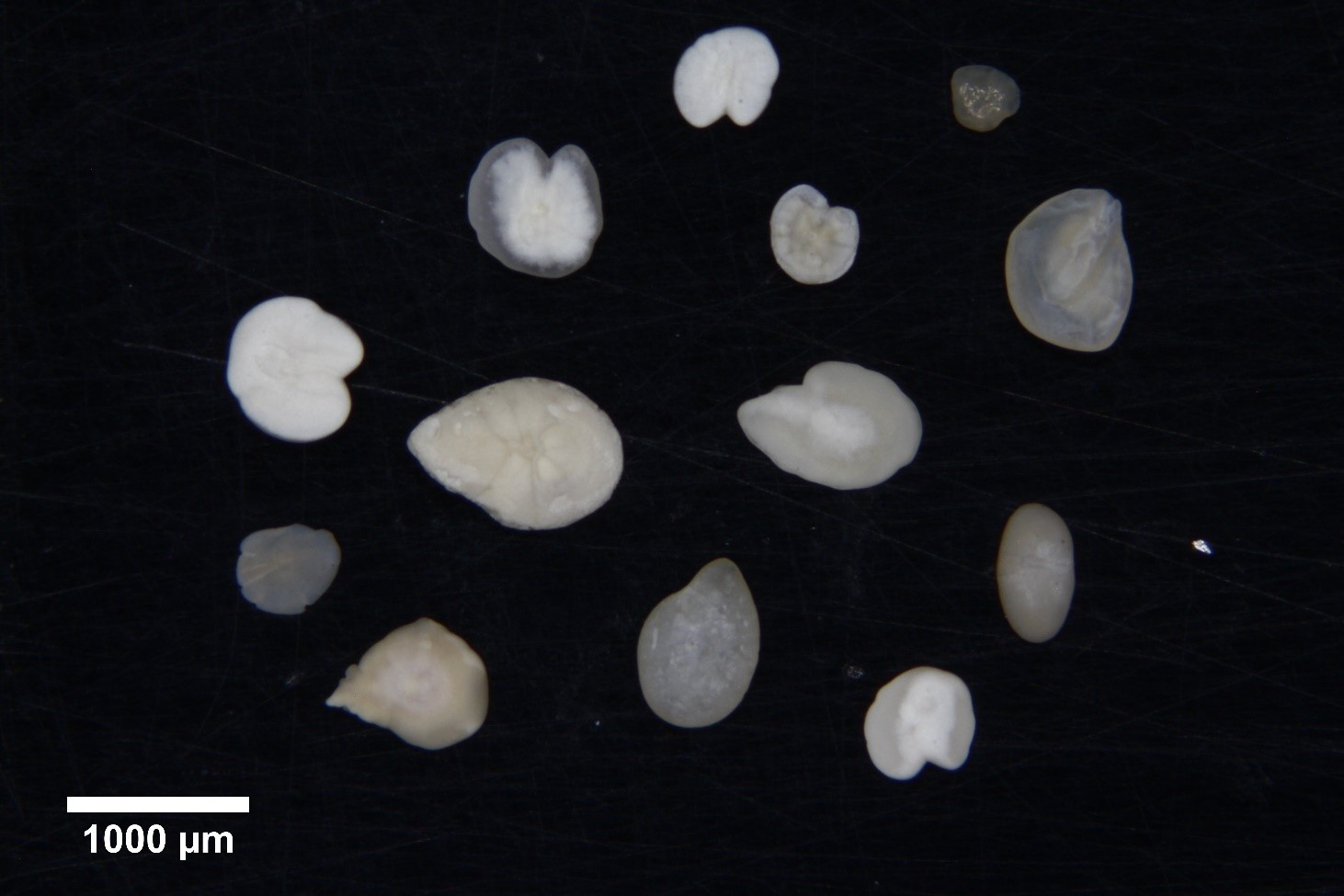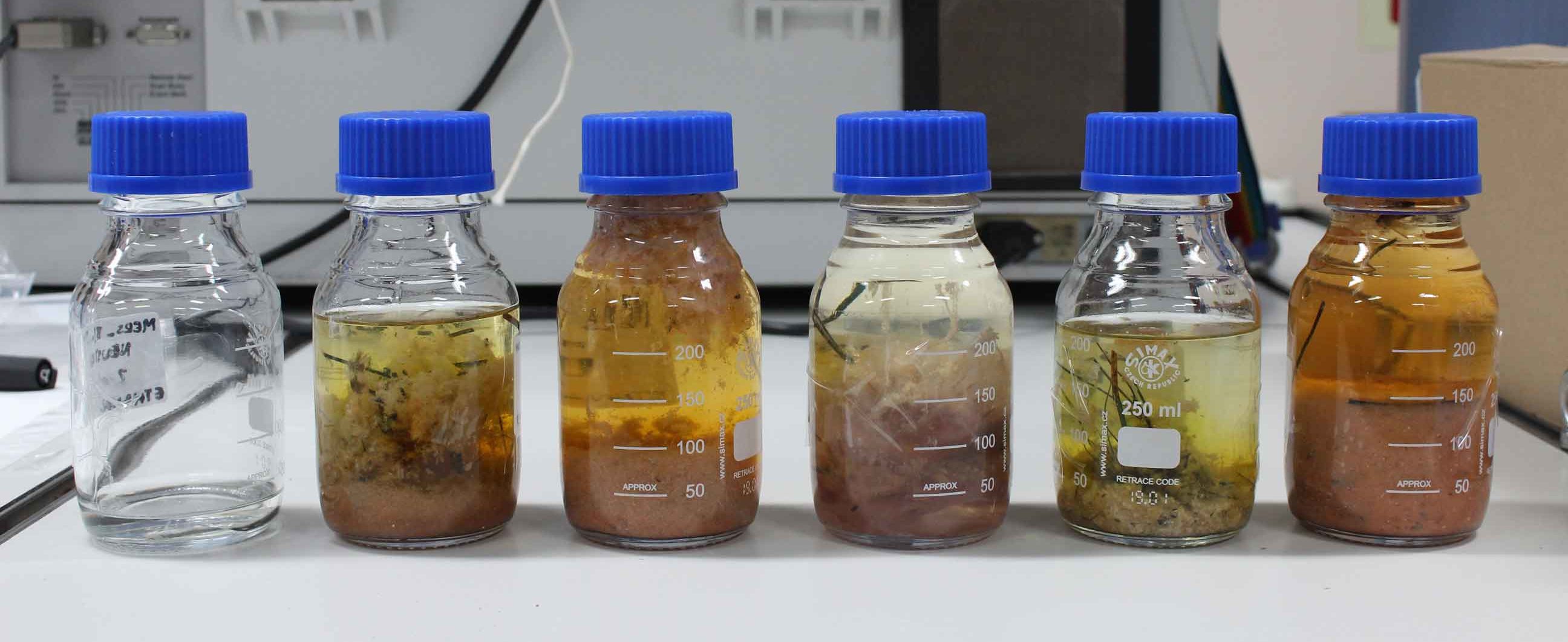Research Line
Recent Radiochronology
Unveiling the past from sediments in aquatic and terrestrial environments
Recent sedimentation or accretion processes taking place on the continental margin, in coastal areas (i.e. marshes and phanerogamic meadows), or inland aquatic environments such as lakes, glaciers or peat bogs provide historical information on both natural and anthropogenic processes affecting our environment. Thus, establishing the radiochronology of these sedimentary records allows the study of historical contamination processes and environmental changes due to global or climate change, as well as natural or altered sedimentation processes. The use of chronological tracers such as 210Pb or 137Cs is ideal tools to date historical archives that record environmental changes occurring over the last 100 years. Despite this chronological tool is widely applied in many different types of research projects, there are still many environmental processes that require a detailed recent chronology reconstruction that we intend to address through this MERS research topic.

Sampling sediment cores on board an oceanographic vessel.
Major research lines within this MERS topic are:
- Improving and understanding the application of 210Pb chronological technique in different environmental archives (coastal, lake and ocean sediments and peat bogs).
- Understanding sedimentation processes in natural and anthropized coastal habitats, including changes in sedimentation rates and estimation of erosive processes.
- Reconstructing the historical impact of anthropogenic activities in the environment.
- Blue Carbon applications, that is, estimating and understanding the accretion rates in vegetated coastal habitats, including tidal marsh, mangrove, and seagrass, to quantify carbon burial rates and carbon stocks.
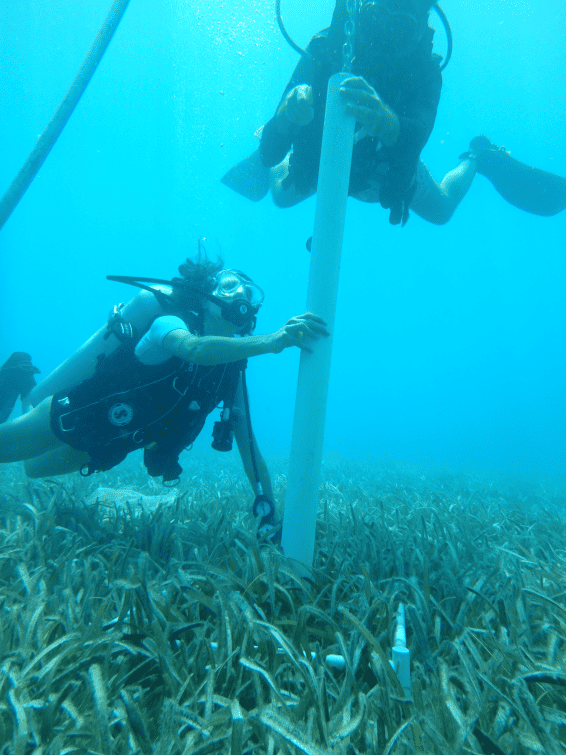
Manual sampling of a sediment core in shallow waters.

Soil sample box.

